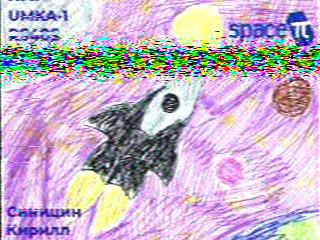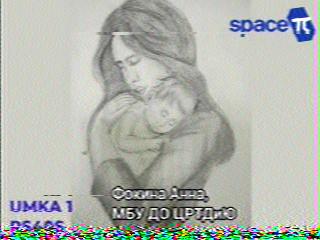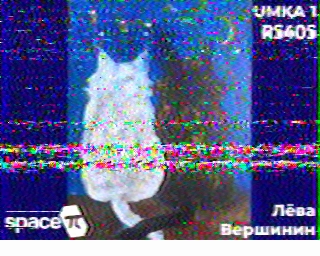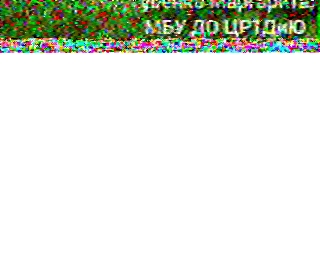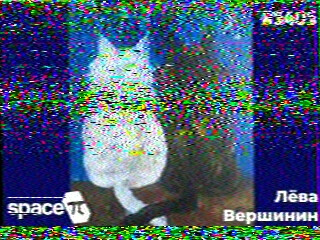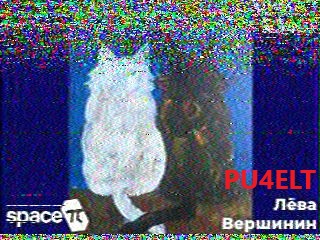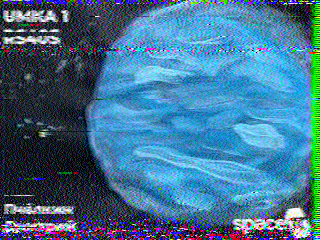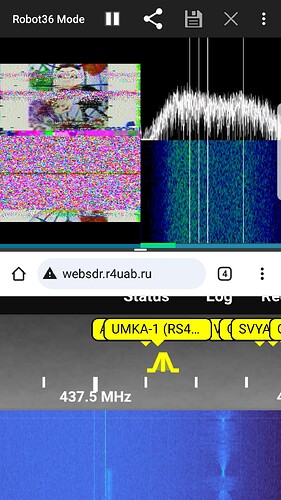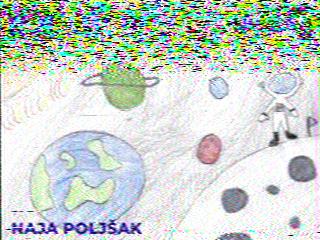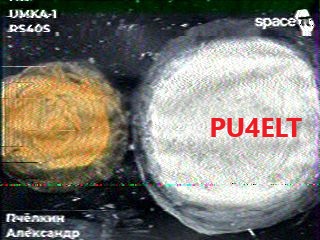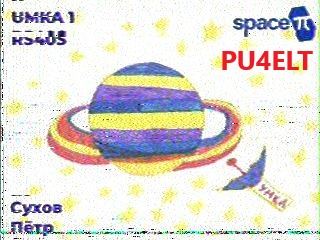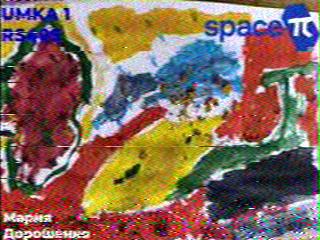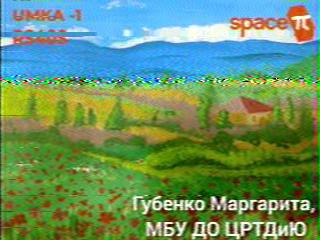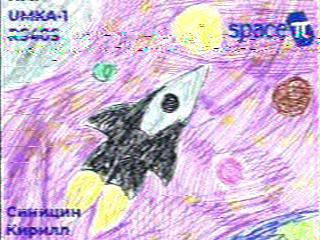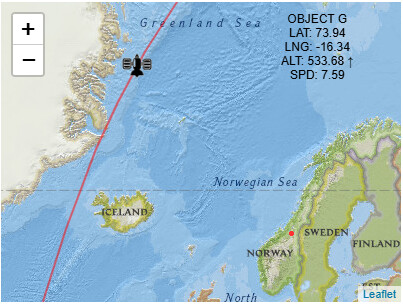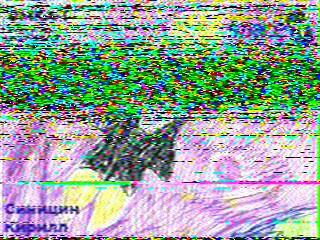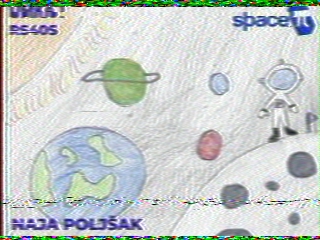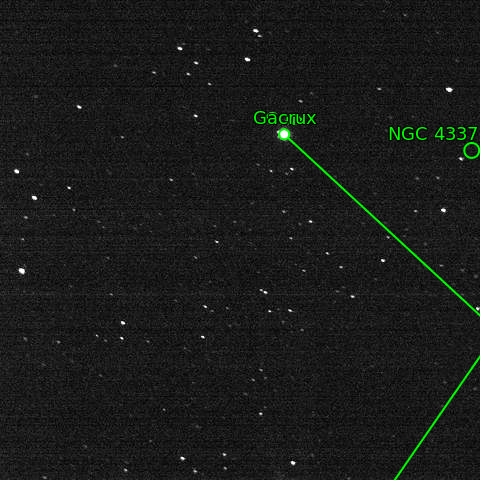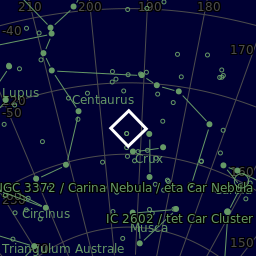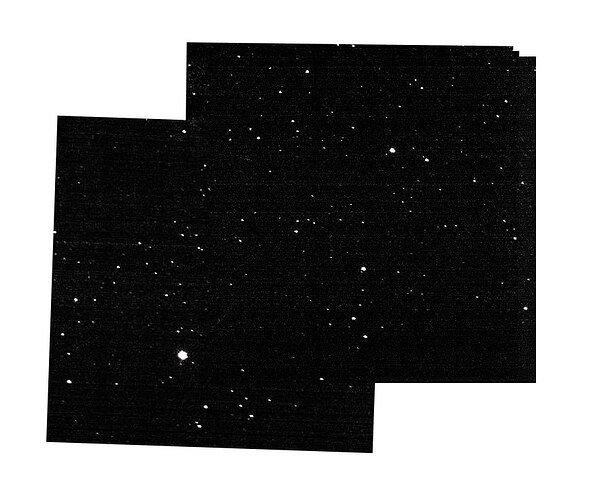Got these 3 on a 37deg pass at 0910+UTC. Similar to Daniel’s but not quite as clean.
Also got the following end of an image at the very start of pass. The bird was only just over the horizon (c5deg). Was it from UMKA-1 (RS40S) or something else? Don’t think I have ever received a signal from UMKA-1 that low before. Also doesn’t look like the other images. My russian/cyrllic not good enough to decode the bit of text showing.
Update: ignore that last bit - Daniel’s 3rd image shows the same text, it was hidden in the noise on my copy of that image.
Hello. First congratulations for the effort of all the contributors.
Let me show you my effort. Due to my absence from my place, I did not want to miss this event and used my mobile phone and the connection to the r4uad web. Even so I enjoyed it. I am waiting like the rest of you for the next event.
Thank you.
SV4ILY
- 2025-06-01 00:23UTC
- 2025-06-01 00:26UTC
- 2025-06-01 00:28UTC
- 2025-06-01 00:30UTC
UmKA-1 over Brazil !!
!!
A couple from the 0856+UTC pass over UK. Only c25deg max so not the best quality. Heard a 3rd image between the two below but satellite ‘disappeared’ behind a very large tree that is now in full leaf so no usable decode.
Added 4 more director elements to my Arrow 7-element Yagi and pointed the antenna in the correct azimuth/elevation direction during the pass, (otherwise known as ‘Double-Armstrong Rotation’)!!
Congratulations! That picture as an astronomer at a university fascinates me a lot. Even more after reading until the very beginning, I just found out the satellite was equipped with an off the shelf(?) camera that we pretty much use the same exact sensor here. So out of curiosity, does the camera custom ordered or modified from of the shelf product?
And after a quick check at astromery.net, I manage to plate solve the image and turns out is looking at the Southern Cross aka the Crux.
Hopefully we will be getting more images from the space telescope ![]()
![]()
During Saturday, the UMKA-1 RS40S satellite will transmit images received by the telescope over the territories of the Far East and Siberia.
Transmission is carried out via a digital protocol (not SSTV!).
More details on receiving data and images are described here, here and here.
The most convenient and universal program for receiving images is SatsDecoder by Alexander Baskih.
It is also recommended to read the Basic Guide.
Schedule for June 7
1st transmission at 01:15 UTC
2nd transmission at 02:50 UTC
3rd transmission at 04:25 UTC
4th transmission at 12:00 UTC
5th transmission at 13:39 UTC
6th transmission at 15:14 UTC
Frequency - 437.625 MHz GMSK USP 9600
Based on the results, the transmissions may be repeated on Sunday, June 8.
telegram: onthe_air
Lol, I just read this message at15.15 UTC! I fired up my receiving system and saw a weak TM burst that UMKA-1 sends between other transmissions. However, the elevation was only about 7 degrees and my yagi was probably pointing in the wrong direction (it was10pm local time and dark), so I received no images ![]()
Can you repeat it on June 8th? (I’m in Thailand). Thanks!
Hello.
Please forgive the wait for a response.
The camera was purchased as is and was modified by school students during the integration process.
This photo was taken on May 25. On June 6, we took a new series of photos almost nearby. Also in the vicinity of the Southern Cross (Crux) constellation.
Hello.
June 14. A repeat of the image transmission is planned. For the purpose of training in receiving massive data, in fragments. The data transmission takes about 14 minutes.
I will include in the schedule the data transmission over Thailand this Saturday.
Reminder: this is not SSTV.
Thanks for this information. I received a low elevation pass this morning (local time) and decoded the normal TM (solar panels, batteries etc) OK using hsmodem and Satsdecoder. I could see/hear the pulsing data stream of the telescope data, but unfortunately it seemed too weak at this low elevation for hsmodem to decode it.
“The data transmission takes about 14 minutes”.
How does that work? ![]() A high elevation pass is only about 10 minutes long…
A high elevation pass is only about 10 minutes long… ![]()
